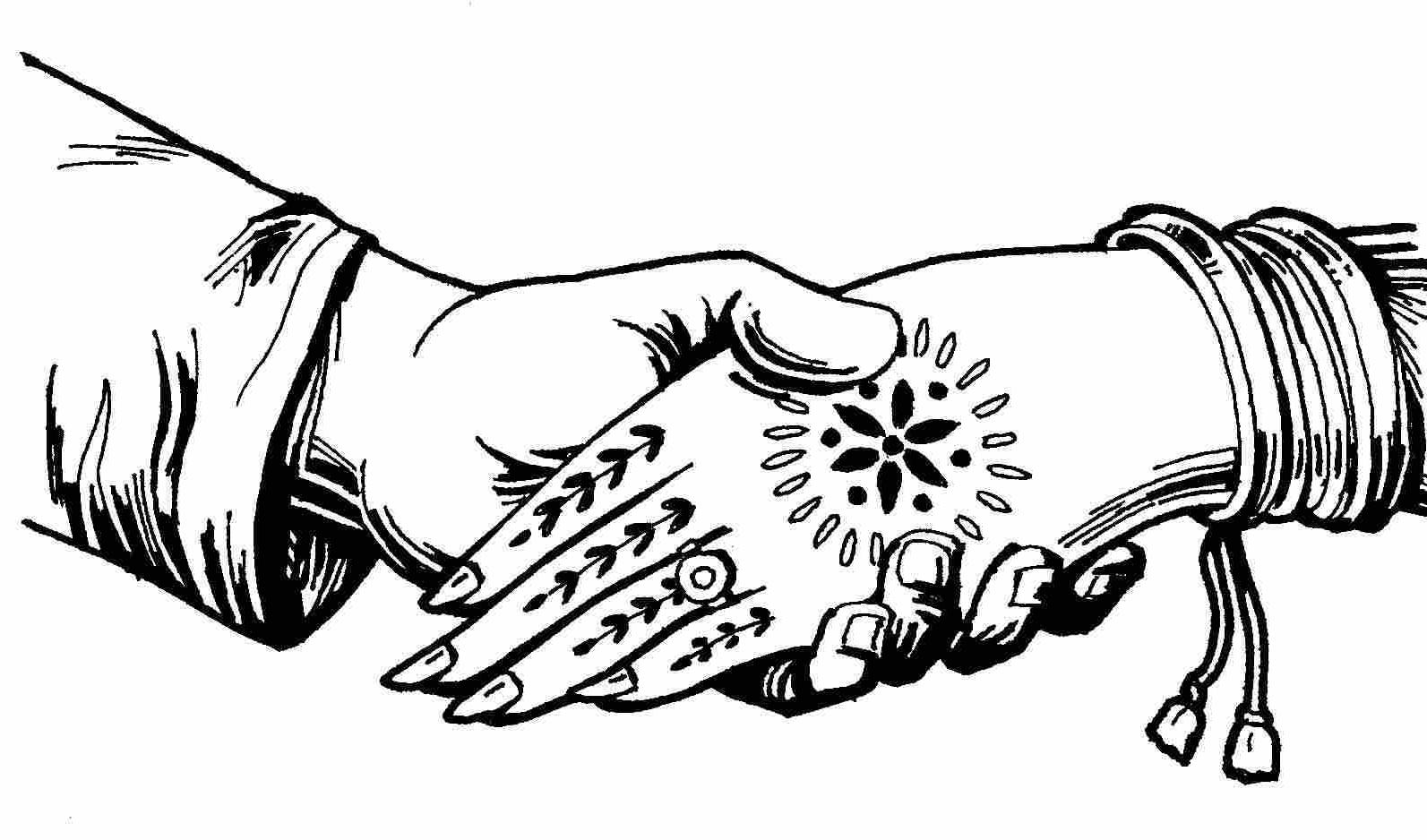
The actual magic tricks (skills hastily acquired in the rehearsal room, we must assume) understandably lack panache. The relationship with the audience, and the rough-theatre performance style, feels half-baked. Unlike successful magicians, though, it’s not slick or skilled enough to pull that off. It’s a show that styles itself, like stage magicians tend to, as all-knowing and forever a step ahead of its audience. Mysterious … Martin Hyder as the Watchmaker.

He orchestrates the shifts between 1844, when Robert-Houdin (after whom Houdini named himself) buys himself a theatre 1888, when the bootmaker’s son Georges turns the same venue into a proto-cinema and 1984, when romance blossoms between a thief and a woman whose bag he stole on the Paris Metro. We’re lured into Tom Jackson Greaves’s production by the mysterious Watchmaker (Martin Hyder), an immortal spirit of magic who pops up throughout the several story strands. Its Frenchness feels intact, mind you: it’s a jeu d’esprit that, like many a magic show, diverts from moment to moment but offers you very little to hang on to. Alexis Michalik’s time-hopping The Art of Illusion – a hit in France as Le Cercle des Illusionnistes – has now been translated for the UK stage by playwright Waleed Akhtar ( The P Word).

A matter of weeks after being delighted and confounded by Derren Brown, I’m very much here for a theatrical deep-dive into the history of illusion that takes in the “Mechanical Turk”, the magic pioneer Jean-Eugène Robert-Houdin and the trailblazer in early cinema Georges Méliès.


 0 kommentar(er)
0 kommentar(er)
